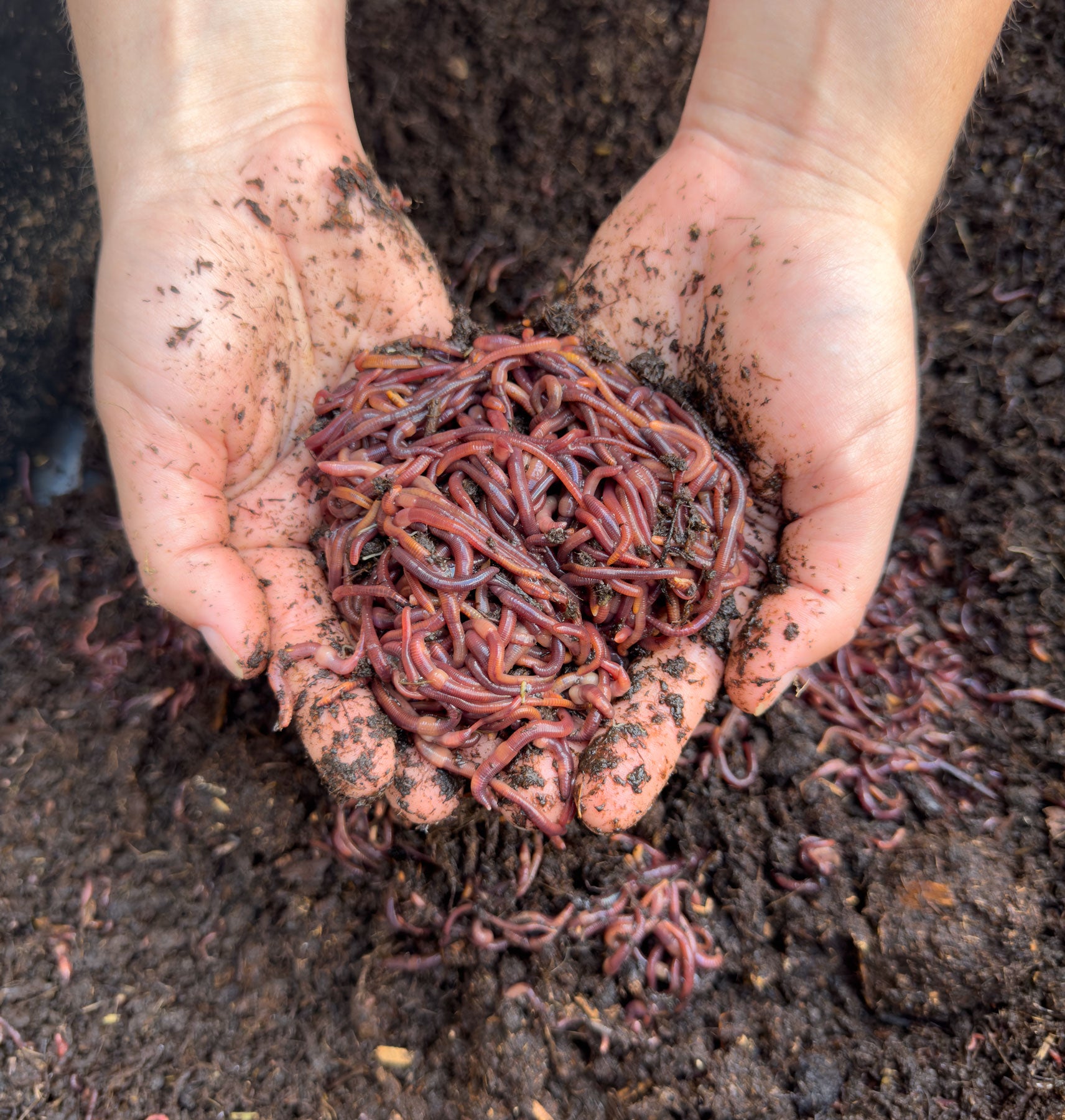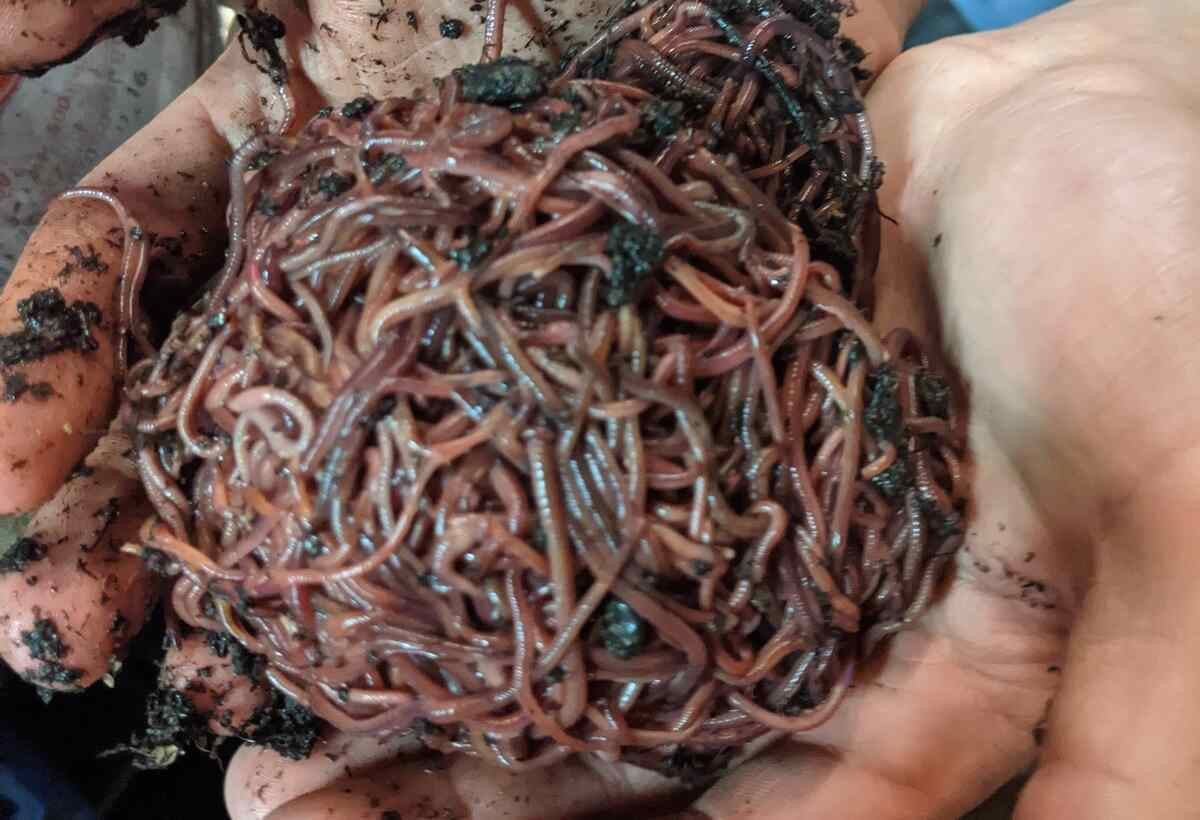Taking Advantage Of the Power of Red Wiggler Composting: A Thorough Take A Look At the Environmental and Agricultural Advantages of This All-natural Waste Decrease Approach
The technique of red wiggler composting stands for a compelling intersection of ecological stewardship and farming advancement, supplying a sustainable solution to the growing difficulties of waste administration and soil deterioration. With the natural process of vermicomposting, organic waste is changed right into an important source that not only enriches dirt however additionally adds to a significant reduction in landfill contributions and greenhouse gas emissions. As we check out the multifaceted benefits of this approach, we reveal just how it can reshape agricultural techniques and promote ecological recognition, prompting a closer assessment of its possible effect on our environments and neighborhoods.
What Are Red Wiggler Worms?
Red wiggler worms, scientifically referred to as Eisenia fetida, are a species of earthworm particularly adapted for composting and natural waste breakdown. These worms grow in the nutrient-rich environment of disintegrating raw material, making them ideal for vermicomposting systems. Expanding to a length of approximately 3 to 4 inches, red wigglers are identified by their reddish-brown pigmentation and unique banding patterns along their bodies.
Unlike other earthworm species, red wigglers favor to inhabit the upper layers of soil and organic debris, where oxygen levels are greater and food sources are plentiful. Their physical adaptations allow them to process organic products effectively; they possess a well-developed gastrointestinal system that allows them to convert waste into nutrient-rich castings, commonly referred to as "black gold" in gardening and agricultural contexts.
Eisenia fetida plays a vital duty in the ecosystem by facilitating the decay process, boosting dirt framework, and advertising microbial task. Given their unique features and ecological value, red wiggler worms have actually come to be a central element in sustainable waste administration techniques and organic horticulture initiatives, adding considerably to ecological health and wellness.
Benefits for Soil Health And Wellness
The addition of red wiggler worms in composting systems uses substantial advantages for dirt health and wellness. These worms play a critical duty in the decay process, damaging down natural issue right into nutrient-rich vermicompost. This all-natural fertilizer enhances soil water, structure, and aeration retention, adding to an extra desirable setting for plant development.
Vermicompost is rich in crucial nutrients such as phosphorus, potassium, and nitrogen, which are vital for plant advancement (Red Wiggler Composting). The presence of advantageous bacteria in vermicompost better promotes soil health and wellness by boosting nutrient accessibility and reducing soil-borne microorganisms. This dynamic communication promotes a durable soil community that supports lasting agricultural methods
Additionally, red wigglers facilitate the formation of humus, a steady raw material that boosts dirt fertility and durability. This enhanced organic web content not only boosts dirt appearance but also improves its capacity to withdraw carbon, mitigating climate modification impacts.
Incorporating red wiggler composting right into farming systems can, consequently, lead to healthier dirts, greater crop returns, and improved sustainability. Consequently, accepting this all-natural waste decrease method can generate profound advantages for both the atmosphere and farming productivity.
Effect On Waste Decrease
Incorporating red wiggler worms into composting systems significantly lowers waste, transforming organic products that would otherwise add to landfills into beneficial garden compost. This method, called vermicomposting, efficiently processes kitchen area scraps, backyard waste, and other biodegradable products, leading to a significant reduction in the volume of waste sent out to garbage dumps. According to the Environmental Defense Agency, natural waste consists of a significant portion of garbage dump materials, producing hazardous greenhouse gases as it decomposes anaerobically.
By using red wigglers, a very reliable composting representative, organizations and households can divert a significant amount of organic waste from these landfills. Each pound of red wigglers can take in and process about half a pound of natural waste daily, bring about a remarkable decrease in general waste generation.
Furthermore, the application of visit vermicomposting supports local waste monitoring initiatives and promotes a round economic situation, where waste is transformed right into a source. As communities significantly adopt this technique, the cumulative result on waste reduction comes to be obvious, cultivating a much more lasting setting and motivating responsible waste monitoring techniques. Embracing red wiggler composting not just reduces waste problems but additionally enhances area understanding concerning sustainable living.
Enhancing Agricultural Practices
Utilizing red wiggler worms in farming methods can significantly improve soil health and wellness and crop efficiency. These worms see here play a vital function in the composting procedure, breaking down raw material right into nutrient-rich vermicompost. This natural fertilizer enhances soil aeration, framework, and water retention, which are necessary for robust plant development.
In addition, the spreadings produced by red wigglers are rich in crucial nutrients, such as nitrogen, potassium, and phosphorus, promoting much healthier plants with greater returns. The microbial activity stimulated by these worms also contributes to a flourishing dirt ecological community, enhancing biodiversity and durability versus diseases and parasites.

Additionally, making use of vermicompost can enhance soil pH degrees, making nutrients extra obtainable to plants. Red Wiggler Composting. Because of this, farmers can cultivate healthier plants while all at once contributing to dirt conservation initiatives, eventually producing a much more sustainable agricultural future
Beginning With Composting
The main ingredient in red wiggler composting is organic waste, which can include kitchen area scraps, yard waste, and paper products. This equilibrium promotes an optimal atmosphere for red wigglers, which are the vital microorganisms in this composting technique.
Picking an ideal composting system is similarly crucial. Worm bins can be developed for indoor or outdoor usage, and they need to give adequate click for source drainage and aeration. It is encouraged to start with a little number of worms-- around one pound of red wigglers for each one extra pound of waste produced once a week.

Conclusion

The practice of red wiggler composting represents an engaging junction of environmental stewardship and farming technology, supplying a lasting remedy to the growing difficulties of waste management and dirt deterioration.In addition, the application of vermicomposting supports regional waste monitoring initiatives and promotes a round economy, wherein waste is changed right into a source. As areas significantly adopt this technique, the collective impact on waste decrease ends up being evident, promoting an extra lasting atmosphere and motivating liable waste monitoring techniques. The primary active ingredient in red wiggler composting is natural waste, which can include kitchen area scraps, lawn waste, and paper products.In recap, red wiggler composting provides a lasting service for organic waste management, generating nutrient-rich vermicompost that dramatically boosts dirt health and wellness.